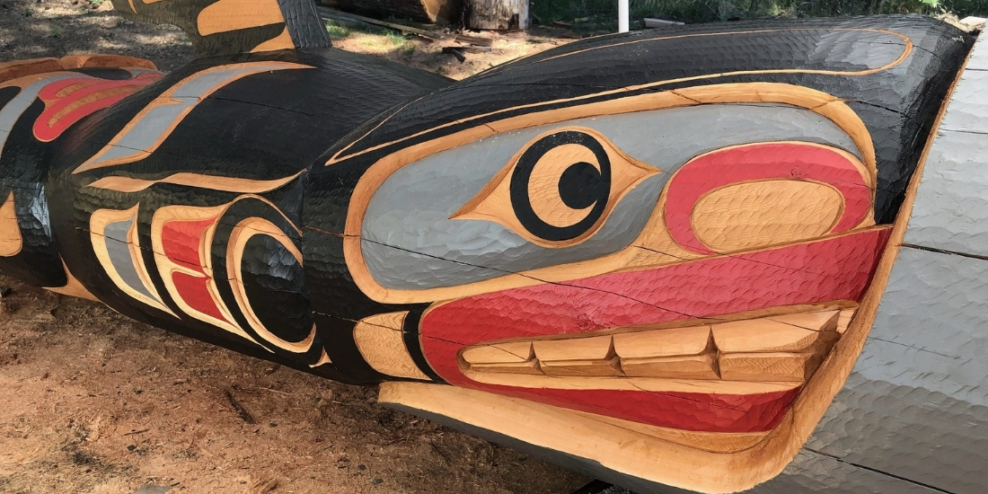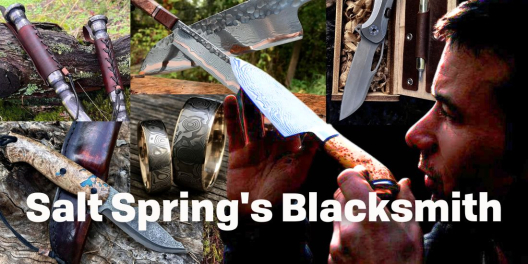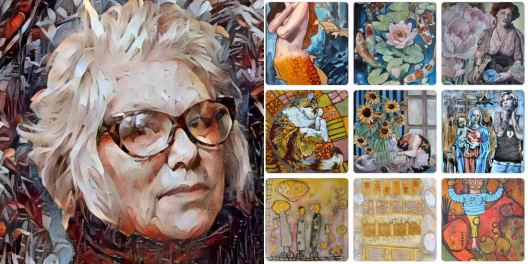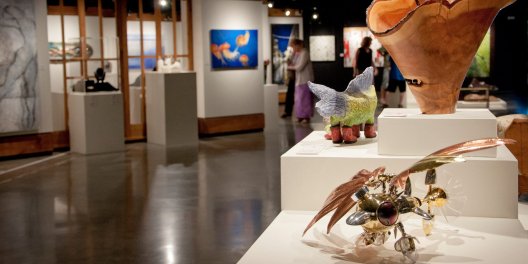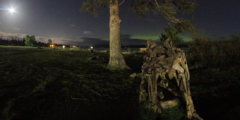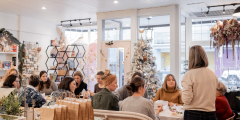In the hands of K’omoks First Nation carver and watchman Randy Frank, a piece of cedar is transformed into art. To say that he has a relationship with this tree would be an understatement.
Frank learned his craft from master Vancouver Island indigenous carvers like Max Chickite, a member of the Lekwiltok First Nation, and Calvin Hunt from Fort Rupert. Recently, Frank carved his first canoe.
At roughly 70 kilograms, this 4-metre-long canoe is as light as it is durable. Frank salvaged the log from the beach at Point Holmes on the Comox Peninsula. It’s a second-growth tree. Its rings are farther apart than an old-growth, making it more stubborn and susceptible to chipping when worked with his razor-sharp adze.
In comparison, Frank says an old-growth tree can be shaped like “butter.”
“It’s inspiring to take something that was sitting on the ground and turn it into something that people can enjoy for years,” Frank told ComoxValley.News. “The tree is still alive; it talks to you and pushes you.”
For Frank, working with cedar is an extension of who he is culturally and spiritually. Carving masks and canoes is part of a cultural legacy extending back some 10,000 years on the West Coast.
Scientists know western red cedar by its Latin nomenclature, Thuja plicata. It’s also BC’s official tree. First Nations know it as the Tree of Life.
Cedar is so entwined with the identity of indigenous peoples from Gwaii Haanas to the Saanich peninsula that it is hard to imagine one without the other. It’s used to build canoes, houses, ornate bentwood boxes adorned with abalone shells, mortuary poles, and utilitarian tools such as fishhooks. The tree’s bark is fashioned into mats, clothing, fishing nets and lines, baskets and medicines.
A block of supple cedarwood can be transformed into a mask of astounding beauty richly layered with meaning and symbolism in the hands of a carver like Frank. Or a cedar canoe-shaped into a two-headed sea serpent.
Renowned University of Victoria ethnobotanist Nancy Turner notes how First Nations use cedar trees with care and respect, often only partially harvesting cedarwood and bark to allow the trees to continue living.” It’s a sharp contrast to the soulless destruction of western red cedar at the hands of industrial logging.
Every time Randy Frank runs his hand over a block of cedar and takes in the scent of fresh shavings, it reminds him of a timeless connection to the Tree of Life.
“It’s an honour to work with cedar,” he says.
With a few simple words, he sums up his peoples’ relationship with this incredible tree.
